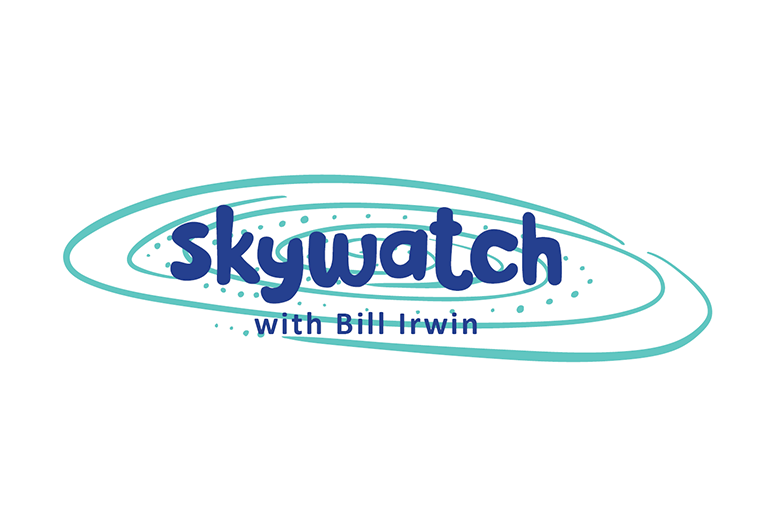Summer 2021

By the time you read this, the summer season will be approaching. That means passing through the brightest time of year at Solstice, June 21. The sun is 61 degrees above the horizon at solar noon at our Williams Lake latitude. Not quite overhead, but solar panel people are happy. For astronomy, it doesn’t get completely dark. There are perhaps half as many stars visible looking south and fewer in the north at the darkest time, around 1 a.m. DST. It’s in these twilight times that the Starlink satellites will have the most impact on visual astronomy. The night sky will not fall deeply enough into the Earth’s shadow to not have at least some of them illuminated. I’m hoping that it won’t be the big distraction some of us fear. Well, at least I probably don’t have to worry about looking up at the moon and seeing cat food commercials during my lifetime.
As the skies gradually darken in late July, we reach prime time for most people in early August, around the time of the Perseid meteors, August 11. Nights are warm. While I can’t promise the night sky will vaccinate you from covid, observing is an outdoor activity and using a video camera instead of an eyepiece allows multiple users to view at a distance. Video isn’t the same as seeing the ancient photons in person, but the improvement in light gathering due to exposure time allows things to be seen in my 5 inch refractor that would be difficult visually in a 20 inch, such as Pluto. It’s still gonna be a dot but recording its motion on successive nights is fairly easy. More gadgets and faster bandwidth are going to save us, right?
Stellarium is a free sky map program that everybody who reads this column should have. It’s simple, clean, and user-friendly. If you are more serious, then Sky Safari is utterly amazing, able to replicate what you are seeing in the eyepiece of my 12 1/2 inch reflector down to about 15th magnitude. Just think, you are looking at a dim star at the limits of visibility in a large backyard telescope. Probably you are the only person on the planet looking at this particular object at this particular time. It is a complete melding of the utterly impersonal with something that is close and very personal. I wouldn’t go so far as to say it resolves the delicately subtle difference between total horse crap and complete bull crap, but some things are definitely beyond the reach of mathematics. Maybe you think I’m just making this up!
You will have to wait a bit to see the planets at a convenient time. Jupiter and Saturn are still pretty close, but in Capricorn they won’t make the evening stage until fall. Venus will be an increasing presence in the evening sky as fall arrives, but Mars will be hiding behind the Sun until some time next year when the drama of approach and opposition repeats. The Sun itself is getting busier as it emerges from sunspot minimum. Expect a return of northern lights activity in the next few years.
If you believe all of the above, you are probably ready to contact me and see if any of it is true. Ophiuchus, the great doc in the sky, is ready to anoint you with the sky’s vaccines. For more info contact me at Bells Lake Observatory: [email protected].

